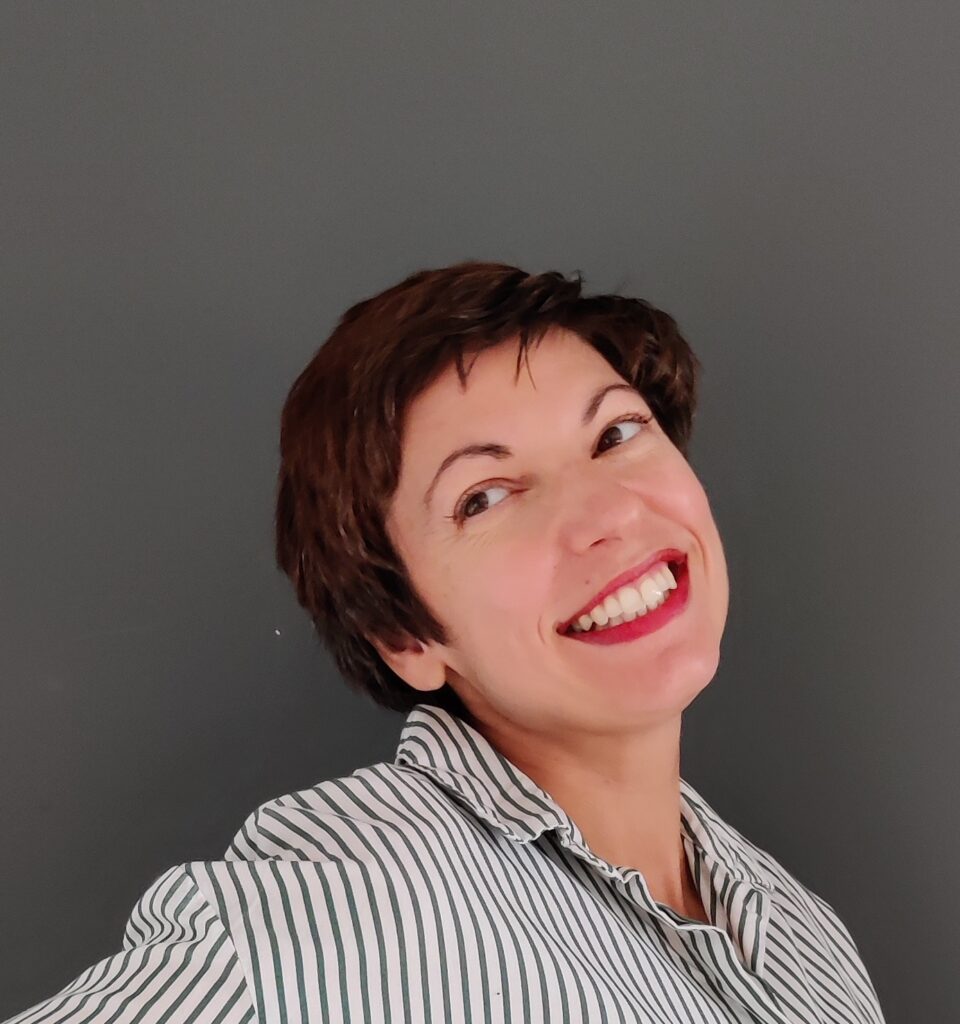
Dr. Meghanne Barker is Lecturer in the Department of Education, Practice and Society at UCL Institute of Education. Previously, she held the post of LSE Fellow in the Department of Media and Communications at London School of Economics and Political Science. Dr Barker works on animation, childhood, and film culture in postsocialist Eastern Europe and Eurasia. She has been especially keen to foster greater dialogue between anthropologists and interdisciplinary scholars of visual culture. She is currently completing a book manuscript entitled Throw Your Voice: Suspended Animations in Kazakhstani Childhood. Dr Barker has published her research in Anthropological Quarterly, Journal of Linguistic Anthropology, and Russian Review. She is an editor for Semiotic Review. Ongoing research projects include the generic conventions of online personals ads, the politics of amateurism among postsocialist film clubs, and participatory, multimodal research on migration in London.
Mutlimodal Narratives of COVID Among Migrant Communities in London
Can multimodal, participatory research teach us new ways to look and to listen?
This presentation asks how multimodality shapes not only the possible audiences for research but also has important implications for research as a series of encounters with a variety of actors. It considers the possibilities and challenges of co-creation. It focuses on a community research project, COVID Chronicles, carried out as a partnership between Haringey Welcome, a migrant-advocacy community group, and researchers from the London School of Economics Department of Media and Communications COVID Inequalities research initiative.
In summer and fall of 2021, we met with London-based participants who identified as migrants, broadly defined. Some had lived in London for decades, while others arrived during the pandemic. We collected narratives of experiences of COVID-19 in London and worked with participants to develop their audio narratives into short films.
This presentation will discuss the process of making one short film, Musa, that is the result of collaboration between Musa, an asylum-seeker from Sudan who arrived in the UK during the first wave of the pandemic, Professor Myria Giorgiou of LSE, Deena Dajani and Lucy Nabijou of Haringey Welcome, and myself. I will discuss our process of working on this film and others, including Bibi’s story, and on the range of contributions from non-academic participants – both those who offered testimonies and those who facilitated the process by acting as liaisons, translators, and offering feedback regarding the editing of the short films. It considers the choices that researchers needed to make at various stages and the ways these reflected and refracted inequalities between researchers and participants and how we worked to consider these at each step.
This work takes cues from recent work in migration studies of media calling for more attention to the faces and voices of migration and who creates and edits such mediated representations,[1] along with studies of the role of digital media in migrants’ daily lives.[2] It also contributes to longstanding discussions in visual anthropology regarding participatory media-making and the power of the ethnographic gaze.[3] This presentation examines the collection and curation of a range of stories, storytelling formats, and participants’ own choices about ways of collaborating shaped our understanding of the project and of multimodal research. Moreover, skills and constraints surrounding participants’ involvement offered important insight into migrant participants’ own biographical engagements with media and mediated representation. Finally, the presentation considers the process of dialogic editing[4] and how various community members contributed to the audio-visual character of the narratives ultimately on display.
[1] Lilie Chouliaraki, “Symbolic Bordering: The Self-Representation of Migrants and Refugees in Digital News,” Popular Communication 15, no. 2 (April 3, 2017): 78–94, https://doi.org/10.1080/15405702.2017.1281415; Myria Georgiou, “Does the Subaltern Speak? Migrant Voices in Digital Europe,” Popular Communication 16, no. 1 (January 2, 2018): 45–57, https://doi.org/10.1080/15405702.2017.1412440; Koen Leurs et al., “The Politics and Poetics of Migrant Narratives,” European Journal of Cultural Studies 23, no. 5 (October 1, 2020): 679–97, https://doi.org/10.1177/1367549419896367.
[2] Isabel Awad and Jonathan Tossell, “Is the Smartphone Always a Smart Choice? Against the Utilitarian View of the ‘Connected Migrant,’” Information, Communication & Society 0, no. 0 (September 26, 2019): 1–16, https://doi.org/10.1080/1369118X.2019.1668456; Rianne Dekker et al., “Smart Refugees: How Syrian Asylum Migrants Use Social Media Information in Migration Decision-Making:,” Social Media + Society, March 20, 2018, https://doi.org/10.1177/2056305118764439; Dana Diminescu, “The Connected Migrant: An Epistemological Manifesto,” Social Science Information 47, no. 4 (December 1, 2008): 565–79, https://doi.org/10.1177/0539018408096447.
[3] Matthias De Groof, “Rouch’s Reflexive Turn: Indigenous Film as the Outcome of Reflexivity in Ethnographic Film,” Visual Anthropology 26, no. 2 (March 2013): 109–31, https://doi.org/10.1080/08949468.2013.752698; Faye Ginsburg, “Indigenous Media: Faustian Contract or Global Village?,” Cultural Anthropology 6, no. 1 (1991): 92–112, https://www.jstor.org/stable/656496; Jay Ruby, “Speaking For, Speaking About, Speaking With, or Speaking Alongside — An Anthropological and Documentary Dilemma,” Visual Anthropology Review 7, no. 2 (1991): 50–67, https://doi.org/10.1525/var.1991.7.2.50.
[4] Steven Feld, “Dialogic Editing: Interpreting How Kaluli Read Sound and Sentiment,” Cultural Anthropology 2, no. 2 (May 1, 1987): 190–210, https://doi.org/10.1525/can.1987.2.2.02a00020.